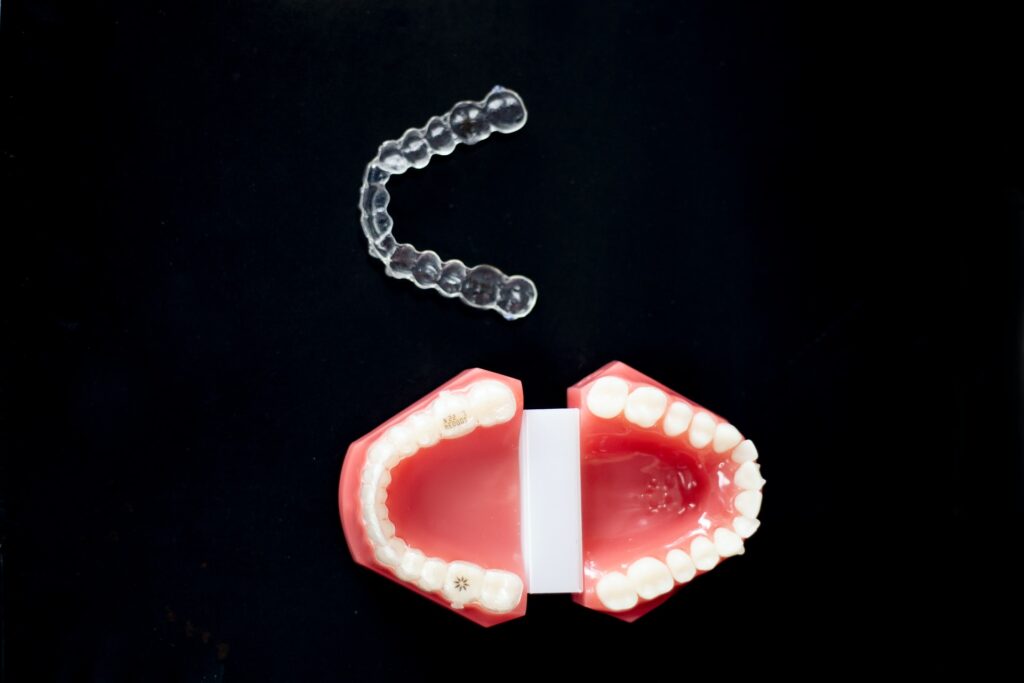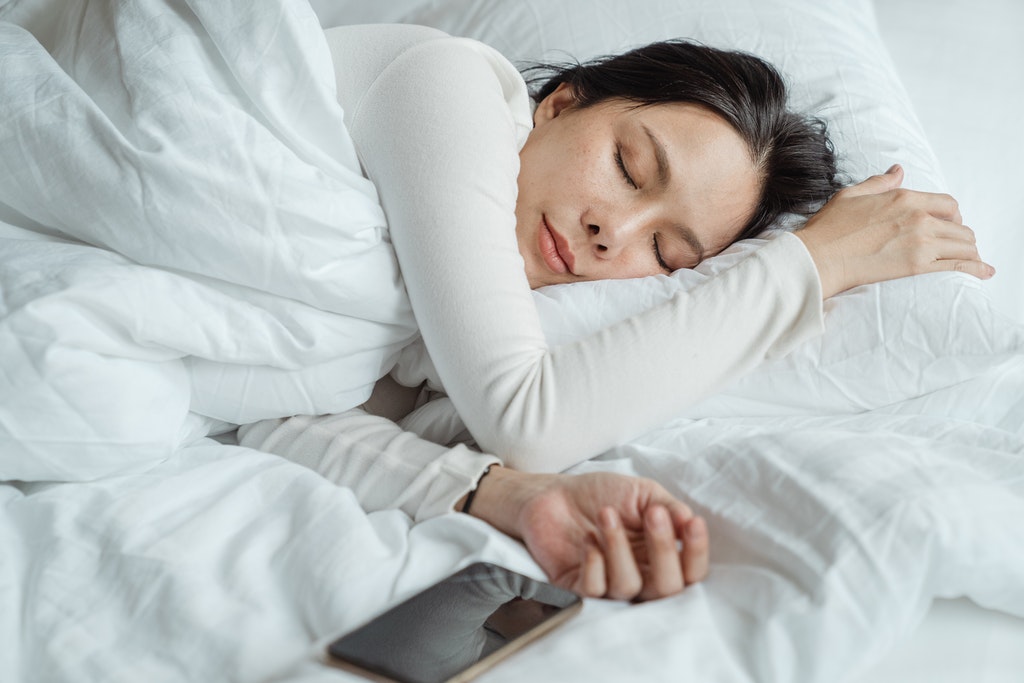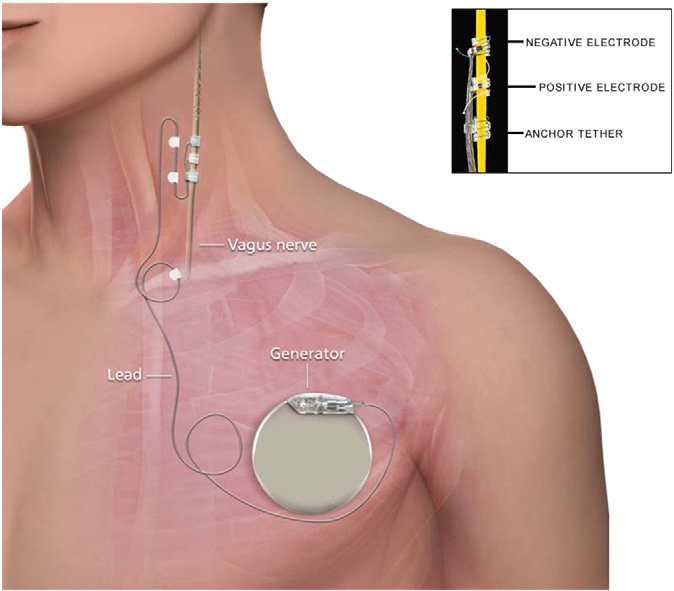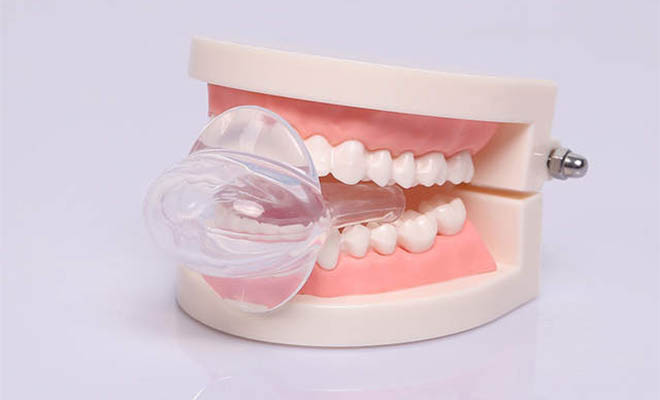Sleep apnea is a common sleep disorder that occurs in both adults and younger children. It’s characterized by breathing pauses that occur when a person is sleeping. These pauses typically last around 10 to 12 seconds — depending on the severity of the condition.
Sleep apnea can cause daytime sleepiness and fatigue in patients. Luckily, there are several ways to ease sleep apnea symptoms to alleviate side effects such as drowsiness.
Here at five 5 technological devices to help relieve sleep apnea symptoms:
Continuous Positive Airway Pressure (CPAP) Machines
CPAP machines are one of the most highly recommended solutions to sleep apnea symptoms.
These machines are designed to help improve a person’s breathing and airflow by blowing continuous air down a person’s throat as they sleep. A CPAP machine typically has three 3 parts:
- The mask that fits over a person’s nose and mouth (or just the nose — depends on the design)
- The motor that helps blow air through the mask
- A large tube (cannula) that connects the mask to the motor

CPAP machines are designed for portability and comfort, so they’re typically small and very easy to store.
While CPAP machines can be very beneficial to some users, it’s important to use these machines while practicing extra precautions. Defects are possible and people can get injured or hurt because of these defects.
Watch out for large-scale product recalls, such as the Philips sleep apnea machines recall that happened in 2020 to avoid harmful complications and costly consequences.
Mandibular Advancement Devices (MADs)
If you don’t feel comfortable using devices with motors or other whirring, noisy mechanisms, a Mandibular Advancement Device might be a solution you’d be interested in.
MADs look like your typical mouthguard and — to some effect — work in a similar way. Except it works to temporarily move your tongue and jaw forward. This motion reduces any restriction that’s happening in your throat by increasing airway space. This helps to prevent sleep apnea symptoms such as snoring.

You can ask a manufacturer to customize your MAD to fit your mouth specifically. Although you may also get OTC alternatives of this device from any medical supply store. Note that OTC MADs might not always have the best fit, so they may cause discomfort in the jaw and tongue after some time.
If you have any severe dental issues or if you wear dentures, MADs might not be the best solution for you. Ask your doctor about other devices you can use.
Position Pillows
You’d be surprised at how much of a difference changing your sleeping position can make when you have sleep apnea.
Many studies have evaluated the effects of sleeping positions on sleep apnea symptoms. It was found that sleeping on your back with your body elevated from the waist up can help keep the airways open, which in turn can help improve sleep apnea symptoms.

Position pillows are a great way to achieve this. They come in many shapes and sizes and can be used as standalone treatments or in conjunction with CPAP machine use.
If you’re already using a CPAP machine, position pillows can help make the experience feel a lot more comfortable by adjusting your position and reducing the pressure coming from the mask.
Nerve Stimulation Devices
The next device on this list of technological devices to help relieve sleep apnea symptoms is something called the “nerve stimulation device.”
This device requires minor surgery and is a little more advanced compared to the other solutions we’ve mentioned above.

An NSD is about the size of your normal pacemaker and is installed inside a patient’s chest. This device is capable of analyzing breathing patterns and sending response signals to the tongue and other muscles to help keep the airways open. This, in turn, can prevent sleep apnea symptoms such as snoring and staggered breathing.
Using a small remote, patients can turn their NSDs on and off whenever necessary. So if you want to take a nap in the afternoon, you can always turn your NSD on to help you nap comfortably.
Tongue Retaining Device
Also called the Tongue Stabilizing Device, TRDs are often touted as an alternative treatment for snoring and sleep apnea. These devices look like large pacifiers with a large hole in the middle where your tongue is supposed to go into.
The TRD is designed to hold a patient’s tongue forward, which may help relieve snoring and other sleep apnea symptoms that may occur while a person sleeps.
TRDs are as popular as MADs; however, they may be a viable solution if you’re not particularly interested in CPAP machines or other sleep apnea treatment alternatives.

Just like MADs, TRDs should be properly fitted to avoid discomfort while in use. You can ask your doctor or a product manufacturer to help you with this process.
Keep in mind that not all people can use TRDs. For instance, if your tongue can’t stick out past your teeth, then a tongue retaining device might not be the best solution for you.
Furthermore, TRDs might cause you to drool or salivate more than any of the other alternatives on this list. If you’re not ready to deal with that type of situation, this might not be the best device for you, either.
Final Thoughts
There are plenty of technological devices available that can help with sleep apnea and snoring. Finding them might take a bit of trial and error; however, when you find the right solution for you, the benefits can last you a lifetime. Remember to always check with your physician before trying anything new. Not all sleep apnea devices are safe or appropriate for every patient or case, so make sure that the solutions you choose are tailored to your needs.